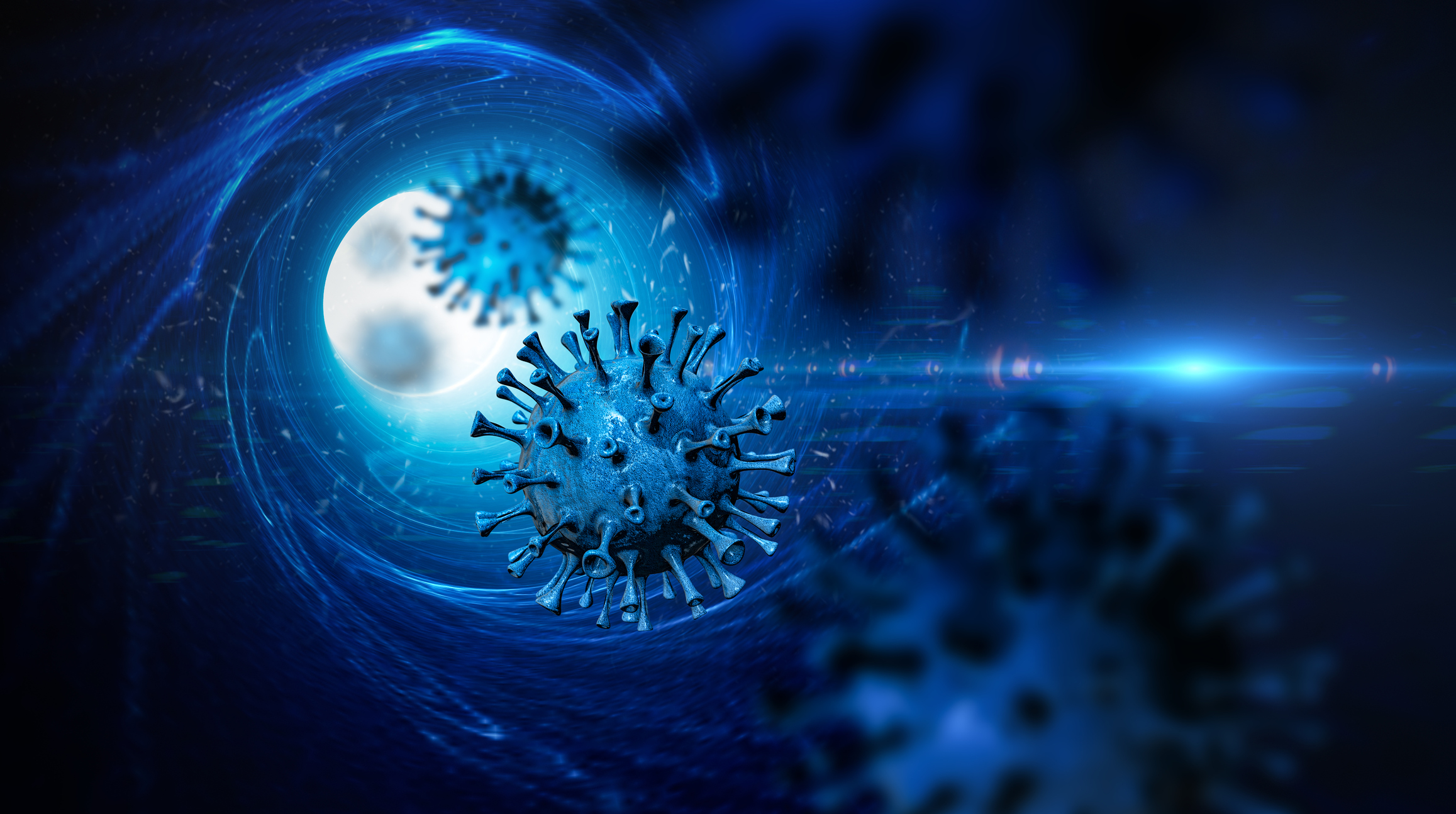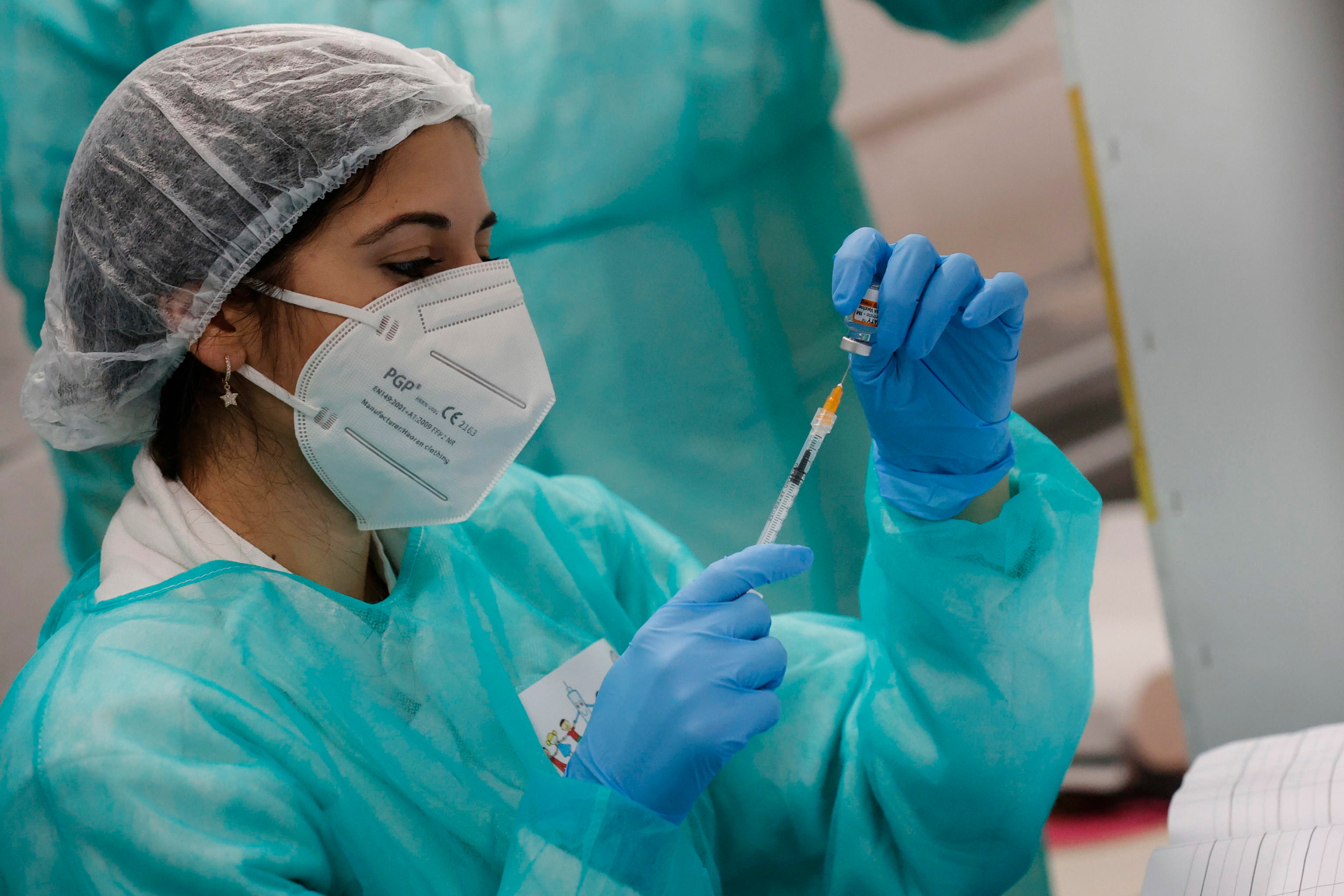
Since the beginning of the COVID-19 pandemic, the idea of herd immunity was installed almost as the goal to be achieved globally to take the disease under control. Over time, and the emergence of new variants, specialists began to question the possibility of such a conquest being achieved, even with high percentages of vaccinated populations in most countries and high levels of natural immunity resulting from subsequent pandemic waves.
Now, a recent publication in The Journal of Infectious Diseases says that “achieving classic herd immunity against SARS-CoV-2, the virus that causes COVID-19, may not be achievable”.
However, “the widespread use of public health interventions currently available to prevent and control COVID-19 will allow the resumption of most activities of daily living with minimal disruption,” note the authors, including Anthony S. Fauci, director of the National Institute of Allergy and Infectious Diseases (NIAID) of the United States and chief medical adviser to the Biden administration. The research was also supervised by Dr. David M. Morens, senior scientific advisor to the director of NIAID, and Gregory K. Folkers, also of NIAID.
But before we go any further, what is herd immunity? How is it calculated? What is it that generates that protection?
Herd immunity, in principle, is estimated through a statistical calculation based on the reproduction coefficient, also known as R0. That is, the number of people susceptible to infection from an infected individual.
Each infectious disease has a different R0, but cutting that thread of spread is the key to achieving the “indirect protection” offered by group immunity, as defined by the World Health Organization (WHO).

There are two ways to achieve immunity in a population: vaccination and natural infection.
WHO supports the position of achieving herd immunity through vaccination and “not allowing a disease to spread in a demographic group, as this would result in unnecessary cases and deaths”.
The US National Institutes of Health (NIH) explained in their popular science magazine “NIHMedLine Plus” that “when enough people in a community are protected against a contagious disease, it is difficult for the infection to spread.”
With this group immunity, even people who did not get sick or who did not access a vaccine “receive some degree of protection because the contagious disease is contained,” according to experts.
Simply put, when the virus tries to multiply it finds the barrier of immune patients, which prevents it from spreading. This not only robs it of effectiveness, but also prevents the most vulnerable - people without access or allergy to vaccines, for example - from coming into contact with the pathogen.
So, the general concept of herd immunity implies that the transmission of an infectious agent can be attenuated, except in sporadic outbreaks, because a certain proportion of the population is already protected by previous vaccination or infection.
In this regard, the authors of the recent study explained how scientific understanding of herd immunity and its applications to various diseases evolved over time. “High levels of herd immunity have allowed the United States to largely control polio and measles, two diseases caused by viruses that have not experienced significant evolution,” they said. However, the benefits of reaching herd immunity thresholds have been less successful with respiratory viruses such as continuously mutating influenza.”

Dr. Fauci and his colleagues stated in the recent publication that “it is unlikely to achieve classic herd immunity against SARS-CoV-2, due to a combination of factors that include characteristics of the virus and current social dynamics.
These include the ability of the virus to continuously mutate into new variants; asymptomatic transmission of the virus, which complicates public health control strategies; the inability of prior infection or vaccination to provide lasting protection against re-infection; coverage of suboptimal vaccination; and adherence to non-pharmacological interventions”.
In line with the publication, the infectiologist María Cecilia Niccodemi (MN 105624) considered that “it will be difficult to achieve herd immunity as long as the virus continues to have mutations that escape the immune response generated by both previous infections and that provided by vaccines”.
Before Infobae's consultation, the staff specialist at the Doctor Stamboulian Medical Center and La Trinidad San Isidro Sanatorium, added: “We also don't know how long the immunity generated by vaccines is, so we still have to continue learning and seeing if herd immunity will be possible or if it will be necessary to update and continue vaccination, as is the case with other respiratory viruses such as influenza, which due to its capacity to mutate it is necessary to be vaccinated once a year”.
However, as the authors noted, “it is now possible to control COVID-19 without major disruption to society due to widespread background immunity through infections or previous vaccines, booster vaccines, antiviral drugs, monoclonal antibody therapies and widely available diagnostic tests.” For them, “research to develop pan-coronavirus vaccines, which could protect against multiple coronaviruses or at least multiple variants of SARS-CoV-2, remains crucial.”
“It is better to consider living with COVID not as reaching a numerical threshold of immunity, but as optimizing the protection of the population without prohibitive restrictions in our daily lives,” the publication concluded.

If the term herd immunity is considered in a less strict way, and in view of the fact that exponential increases in infections did not cause an abrupt rise in death and hospitalization, some experts believe that an immune barrier against SARS-CoV-2 infection has been achieved.
In the view of the veterinarian, consultant in Epidemiology, Public Health and Comparative Medicine Fernando Valdivia, “it is a mistake to consider that herd or herd immunity necessarily implies the total eradication of a disease or the extinction of the infectious agent (in this case a coronavirus)”.
“Herd immunity tends to be expressed more strongly in diseases with high lethality, and more lightly in those diseases that have lower lethality,” he added when consulted by this medium. This is the case of coronaviruses, whose first records date back 4000 years, and have been well known in veterinary medicine for 90 years and in human medicine for 40”.
For him, “in these cases, herd immunity is expressed primarily through control (and not eradication) of the epidemic. That is: that the expected cases do not exceed those of the previous year, and that the lethality is lower. And this, which some of us announced at the beginning of the pandemic, was what happened.”
And after stating that “the same thing happens with other low-lethality viral agents, such as rotaviruses that generally cause gastroenteritis in children (although the vaccine has been available since around 2010),” Valdivia exemplified: “When a child is infected, then it is common for the virus to pass through all the members of the family. A couple of days of abdominal discomfort, vomiting, diarrhea and that's it. Herd immunity for this virus makes the infection period shorter and avoids major problems such as dehydration. But the circulation of the virus is not prevented. Something very similar to what happens in the case of COVID”.
“One negative thing that could be said about COVID is that since natural immunization (much more effective) had been limited by lockdowns, and by using less effective vaccines than traditional ones (to inactivated but 'complete' viruses), the herd immunity process was delayed,” said the expert, for whom “this is the fault of the epidemiological managers of the pandemic and not the virus”.
The specialist disagrees with the study by Fauci and his colleagues and stressed that, from his perspective, “herd immunity from COVID is already reached. And it doesn't matter if new variants appear, which is likely to continue to happen.”
KEEP READING
Últimas Noticias
Debanhi Escobar: they secured the motel where she was found lifeless in a cistern
Members of the Specialized Prosecutor's Office in Nuevo León secured the Nueva Castilla Motel as part of the investigations into the case

The oldest person in the world died at the age of 119
Kane Tanaka lived in Japan. She was born six months earlier than George Orwell, the same year that the Wright brothers first flew, and Marie Curie became the first woman to win a Nobel Prize

Macabre find in CDMX: they left a body bagged and tied in a taxi
The body was left in the back seats of the car. It was covered with black bags and tied with industrial tape
The eagles of America will face Manchester City in a duel of legends. Here are the details
The top Mexican football champion will play a match with Pep Guardiola's squad in the Lone Star Cup

Why is it good to bring dogs out to know the world when they are puppies
A so-called protection against the spread of diseases threatens the integral development of dogs




